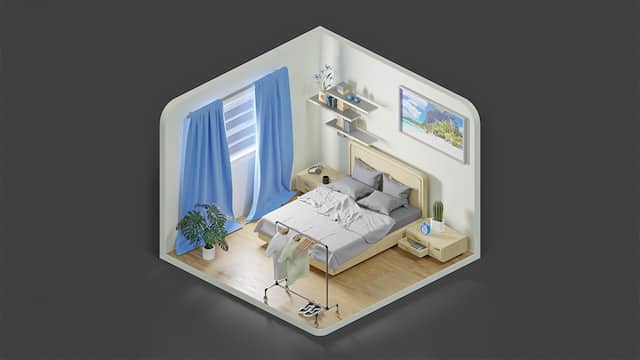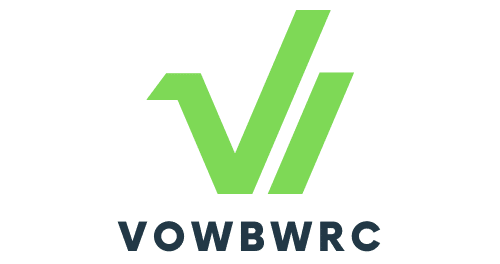How Can You Design a Home Office with an Eco-Friendly Green Roof?

In the midst of a world increasingly conscious of its environmental impact, green roofs have emerged as a sustainable architectural solution. Incorporating vegetation into the roof of a building isn’t just a trendy design choice, but a strategy to reduce energy consumption, enhance water drainage, and create a healthier living environment. If you’re pondering on making your home office environment-friendly, then a green roof is an excellent route to consider. This article will guide you through the process, explaining why green roofs are beneficial, what types of green roofs exist, how they function, and how you can design one for your home office.
Understanding the Benefits of a Green Roof
Before delving into the design process, it’s essential to understand why a green roof is worth considering for your home office. Aside from their aesthetic appeal, green roofs offer a range of benefits that contribute to a sustainable lifestyle.
Cela peut vous intéresser : How to Design an Indoor Play Area that Encourages Creativity in Toddlers?
One of the most significant advantages of green roofs is their capacity for energy conservation. The layer of plants and soil on a green roof acts as an extra layer of insulation, reducing heat loss in the winter and cooling the building in the summer. By moderating the temperature within your home office, a green roof can decrease your reliance on heating and cooling systems, thereby reducing energy consumption and costs.
In addition to energy benefits, green roofs also play a crucial role in water management. They reduce stormwater runoff by absorbing rainwater, which is then released back into the atmosphere through evapotranspiration. This process helps to alleviate the strain on city drainage systems, reduce the risk of flooding, and save on water bills.
A voir aussi : What’s the Best Way to Incorporate a Solarium for Year-Round Plant Growth?
Types of Green Roof Systems
To design a green roof for your home office, it’s important to first understand the different types of green roof systems that exist: extensive and intensive.
Extensive green roofs are lightweight and low-maintenance, featuring a thin layer of soil and hardy, drought-resistant plants such as sedums or grasses. These systems are ideal for roofs with low load-bearing capacities and homeowners who prefer a hands-off approach to roof maintenance.
On the other hand, intensive green roofs resemble traditional gardens, with a thicker layer of soil that can support a diverse range of plants, from shrubs and flowers to trees. While these systems require more maintenance and a stronger roof structure, they offer more flexibility in design and greater environmental benefits.
Incorporating Green Roofs into the Home Office Design
With a basic understanding of green roofs and their types, you can now integrate this sustainable solution into your home office design. The first step is to evaluate the structure of your building. It’s essential to ensure that your roof has the necessary load-bearing capacity to support a green roof system, especially if you’re considering an intensive system.
Next, consider your office’s location within the house and how a green roof can benefit it. For instance, if your office is directly underneath the roof, an extensive green roof can act as an excellent insulator, reducing energy costs. If, on the other hand, your office overlooks the roof, an intensive green roof can provide a soothing view of greenery.
Installing a Green Roof: Key Steps and Considerations
The installation of a green roof involves several key steps. Firstly, a waterproof membrane is laid to protect the roof structure from potential water damage. On top of this membrane, a root barrier is installed to prevent roots from penetrating the roof.
Next is the installation of a drainage layer, which is crucial to manage rainwater runoff and prevent waterlogging. This layer usually consists of lightweight aggregates that retain some water for plant use while allowing excess water to drain away.
The final layers entail a filter fabric to prevent the soil from washing into the drainage layer, and then the soil and plants. The choice of plants will be determined by the type of green roof system you have chosen, with extensive roofs favouring hardy, drought-tolerant species, and intensive roofs allowing for a wider range of plant types.
As you navigate the journey of designing and installing a green roof for your home office, remember to consult with professionals and adhere to local building codes and regulations. A green roof is an investment in both your work environment and the environment at large, and with careful planning and consideration, it can serve as an attractive and sustainable feature of your home office.
Alternative Sustainable Architectural Solutions
While green roofs are an excellent choice for a sustainable home office, they are by no means the only option. Other eco-friendly architectural solutions are worth considering, depending on your specific needs, restrictions, and preferences.
For instance, solar panels are an increasingly popular choice for homeowners looking to reduce their environmental footprint. With a solar panel system, you can generate your own electricity, cutting down on your energy bills and reliance on non-renewable energy sources. This can be an especially advantageous solution if your home office uses a lot of electricity, as you could potentially power your workspace entirely with solar energy.
Another alternative is a living wall, which involves incorporating plants into the wall of a building. Similar to a green roof, living walls can help regulate indoor temperature, improve air quality, and bring a touch of nature into your workspace. Furthermore, if your roof structure isn’t strong enough to support a green roof, a living wall could be a viable alternative.
You might also consider incorporating sustainable materials into your home office design. For example, you could use reclaimed wood for furniture or flooring, or opt for paint with low volatile organic compounds (VOCs). Additionally, energy-efficient appliances and LED lighting can further reduce your office’s environmental impact.
Ultimately, creating an eco-friendly home office involves more than just installing a green roof. It’s about incorporating a range of sustainable strategies and solutions, perfecting the blend of functionality, comfort, and environmental responsibility.
Conclusion
In conclusion, the use of green roofs in a home office design is a practical and aesthetically pleasing way to contribute to a more sustainable lifestyle. From energy conservation to water management, extensive green to intensive green, the benefits are manifold.
Even so, installing a green roof is not a simple task. It involves careful planning, from understanding the load-bearing capacity of your roof to choosing suitable plants, installing a roof membrane, and ensuring proper roof drainage. Nevertheless, with professional help and careful adherence to local regulations, a green roof can be a worthwhile investment.
However, green roofs are not the sole solution to creating an energy-efficient, environmentally friendly workspace. Solar panels, living walls, and the use of sustainable materials all offer alternative routes to an eco-friendly home office.
Whether you opt for a rooftop garden, solar panels, or a combination of sustainable strategies, the key is to keep in mind the broader goal: to create a workspace that contributes to the health of the planet while enhancing your own wellbeing and productivity. With careful planning and thoughtful design, your home office can indeed be a place of both personal and environmental harmony.
